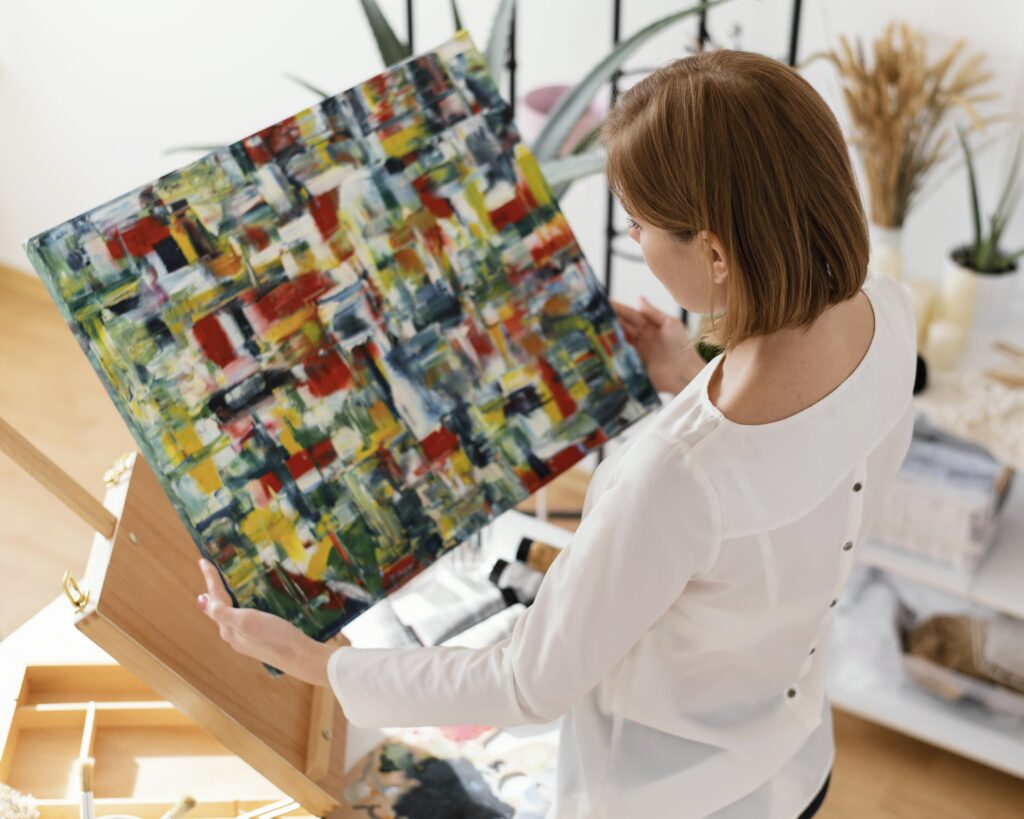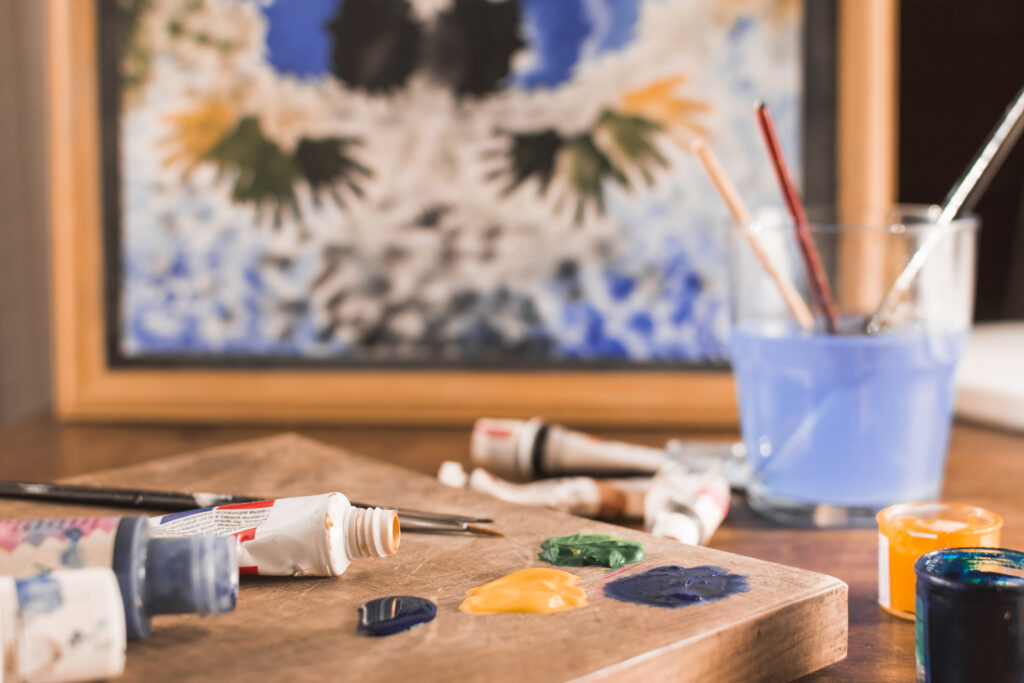
Glass painting, an exquisite art form that transcends conventional canvases, has captivated the artistic world with its beauty and intricacy. From its historical roots to modern-day innovations, the art of painting on glass offers a unique and mesmerizing experience.
Introduction to Glass Painting
Glass painting is an art technique that involves using specialized paints to decorate glass surfaces, creating stunning visual effects. This art form dates back centuries and has evolved significantly, encompassing various styles and techniques.
History and Evolution of Glass Painting
The history of glass painting traces back to ancient civilizations where stained glass adorned religious structures. Over time, it expanded beyond ecclesiastical use, becoming a popular decorative art form during the Renaissance and continuing to evolve through different periods.

Types of Glass Painting Techniques
There are several techniques employed in glass painting, each offering distinct artistic possibilities. From the classic stained glass technique to modern acrylic glass painting, artists explore a myriad of methods to express their creativity.
Materials Required for Glass Painting
Before diving into the artistic process, gathering the right materials is crucial. Specialized glass paints, brushes, and a clean glass surface are essential for achieving stunning results.
Step-by-Step Guide for Beginners
For aspiring glass painters, a step-by-step guide simplifies the intricate process. From prepping the glass surface to applying and sealing the paint, following a systematic approach ensures a successful outcome.
Advanced Glass Painting Techniques
As artists gain proficiency, exploring advanced techniques opens doors to creating more intricate and elaborate glass paintings. Techniques like layering colors and adding textures elevate the artistry.
Famous Glass Paintings and Artists
Throughout history, several artists have showcased their talent through remarkable glass paintings. Exploring their works offers inspiration and insight into the possibilities of this art form.
Benefits and Applications of Glass Painting
Beyond its aesthetic appeal, glass painting finds diverse applications in interior décor, architectural embellishments, and artistic expressions, showcasing its versatility.

Tips for Maintaining Glass Paintings
Preserving the beauty of glass paintings requires proper care and maintenance. Simple tips can help in ensuring longevity and vibrancy.
Challenges and Solutions in Glass Painting
While rewarding, glass painting presents challenges such as paint adherence and curing. Understanding these challenges and their solutions is vital for artists.
Innovations in Glass Painting
Advancements in technology and materials continually push the boundaries of glass painting, introducing new techniques and possibilities for artists.
Community and Online Resources for Glass Painters
Joining communities and accessing online resources can be invaluable for aspiring and seasoned glass painters. Sharing experiences and learning from others fosters growth in this artistic journey.
Conclusion
In essence, glass painting unveils a world of creativity and expression beyond conventional art forms. Its rich history, diverse techniques, and limitless possibilities continue to allure artists and enthusiasts alike.
FAQs
- Can anyone start glass painting as a hobby? Yes, glass painting is an accessible and enjoyable hobby for anyone interested in exploring their creativity. Whether you’re a beginner or an experienced artist, diving into glass painting can be a fulfilling experience. There’s no need for prior artistic expertise; all it takes is enthusiasm and a willingness to learn.
- What types of paints are suitable for glass painting? Several types of paints are suitable for glass painting, each with its unique properties. Common options include enamel paints and acrylic-based paints specifically designed for use on glass surfaces. These paints adhere well to glass and offer vibrant colors that can withstand exposure to light and time.
- How long does it take for a glass painting to dry and cure? The drying and curing time for a glass painting depend on various factors, including the type of paint used, the thickness of the application, and environmental conditions. Typically, acrylic-based paints may dry within a few hours, but curing, which ensures the paint sets and adheres well to the glass, can take longer—ranging from a day to several days.
- Can glass paintings be displayed outdoors? Glass paintings can indeed be displayed outdoors, but precautions are necessary to protect the artwork from harsh weather conditions. Ensure the painting is properly sealed and consider using UV-resistant varnishes or sealants to prevent fading or damage due to sunlight and moisture. Additionally, framed glass paintings offer an extra layer of protection against the elements.
- Where can one find glass painting inspiration? Inspiration for glass painting can stem from various sources. Nature, with its intricate patterns and vibrant colors, often serves as a rich source of inspiration. Art galleries, both physical and online, showcase diverse glass art pieces created by talented artists and can offer ideas and techniques. Moreover, exploring online platforms, attending workshops, or even experimenting with different themes and styles can spark unique ideas for your glass painting endeavors.
